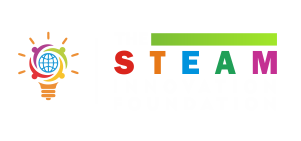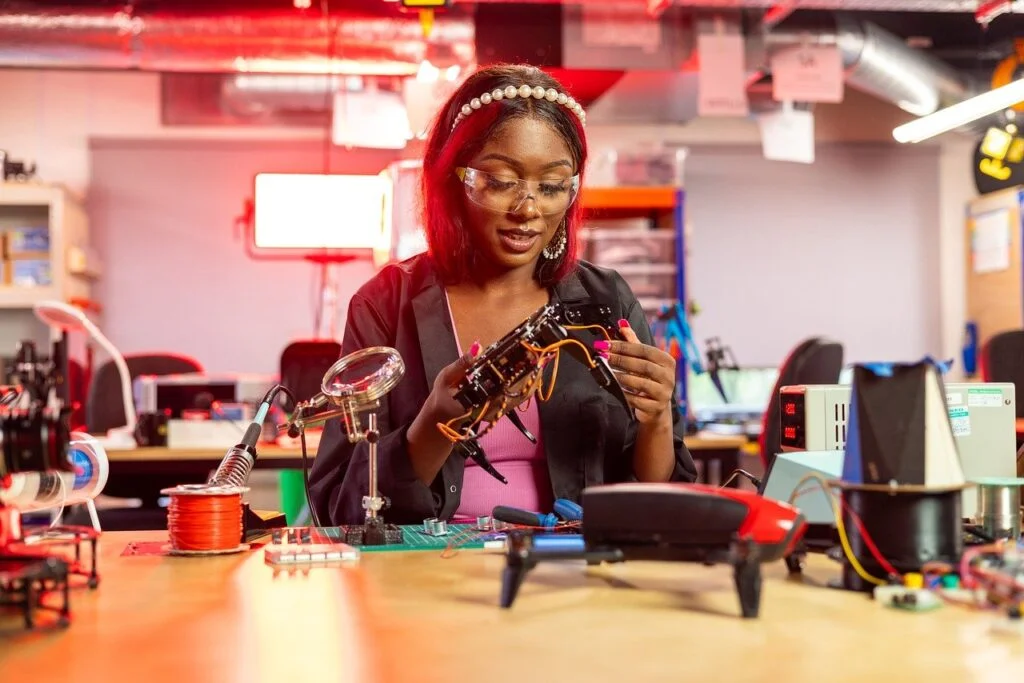Introduction
Engineering is more than just building structures or designing machines—it’s about problem-solving, creativity, and real-world innovation. In today’s fast-changing world, engineering skills are essential for shaping the future. By integrating hands-on engineering experiences into education, students develop the critical thinking and technical skills needed to solve complex challenges and drive technological advancements.
The Role of Engineering in STEAM Education
Engineering sits at the core of STEAM, bringing together science, technology, math, and creativity to build solutions that improve everyday life. Hands-on learning in engineering helps students:
- Think critically and solve real-world problems
- Develop teamwork and collaboration skills
- Apply science and math in practical, innovative ways
- Gain experience with cutting-edge technology
Key Areas of Engineering in STEAM Learning
1. Robotics & Automation
Robotics is an exciting way to introduce students to mechanical engineering, coding, and artificial intelligence (AI). Through robotics programs, students can design, build, and program robots to complete tasks, preparing them for careers in automation, AI, and mechatronics.
2. Structural & Civil Engineering
Hands-on projects like building bridges, towers, and earthquake-resistant structures teach students about forces, materials, and construction techniques. By working on real-world challenges, students gain a deep understanding of structural integrity and environmental impact.
3. Aerospace & Space Exploration
With advancements in space exploration, students can now design rockets, drones, and space habitats using engineering principles. Programs like NASA’s educational initiatives inspire young minds to explore careers in aerospace engineering.
4. Renewable Energy & Sustainability
Engineering plays a crucial role in sustainability. Through projects like solar-powered devices, wind turbine models, and water purification systems, students learn how to design solutions for a cleaner, greener future.
Benefits of Hands-On Engineering Education
- Boosts Creativity & Innovation: Encourages students to design and build solutions for real-world problems.
- Develops Problem-Solving Skills: Engineering challenges push students to think critically and adapt to new situations.
- Encourages Collaboration: Engineering projects often require teamwork, fostering communication and leadership skills.
- Prepares Students for the Future: Engineering careers are in high demand, and hands-on experience gives students a head start in technical fields.
How Schools Can Integrate Engineering into Learning
- Introduce Engineering Kits: Use tools like LEGO Mindstorms, Arduino, and Raspberry Pi for hands-on projects.
- Host Engineering Challenges: Encourage students to design and build solutions to real-world problems.
- Incorporate 3D Printing & CAD: Teach students how to design and prototype using computer-aided design (CAD) and 3D printing.
- Partner with STEAM Organizations: Collaborate with industry experts to bring hands-on engineering experiences to classrooms.
Conclusion
Engineering is the foundation of innovation and progress. By providing students with hands-on engineering experiences, we equip them with the skills, knowledge, and creativity needed to shape the future.
Want to bring hands-on engineering learning to your school?
Join our STEAM Innovation Foundation programs and empower students to become the engineers of tomorrow!


